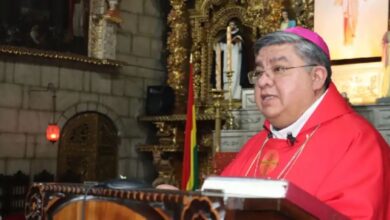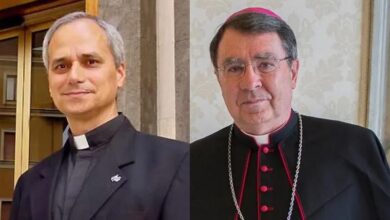What happens to the saints whose feast day falls on Feb. 29 when there is no leap year?

 null / Credit: Brigitte Pica2/Shutterstock
null / Credit: Brigitte Pica2/Shutterstock ACI Prensa Staff, Feb 29, 2024 / 15:00 pm (CNA).
The Gregorian calendar, named after Pope Gregory XIII (1502–1585), is used almost throughout the world and establishes that every fourth year is a leap year that has one extra day, Feb. 29. What is little known is that the Church also commemorates some saints on this day — but what happens to them the other three years?
On Feb. 29 the Church commemorates the martyr St. Augustus Chapdelaine, a French priest and member of the Paris Foreign Missions Society. In 1852 he traveled as a missionary to China and years later he was denounced as a Christian before an anti-Christian official. He died on Feb. 29, 1856.
Feb. 29 is also the feast day of St. Hilary. “Lives of the Saints” by Father Alban Butler notes that he was elected pontiff while still a deacon. Historians differ whether he died on Feb. 28 or 29, perhaps because he died in the leap year of 468.
St. Oswald, who was the archbishop of York in England, is also commemorated on this day. According to the Franciscan directory of saints, he died Feb. 29, 992, after he had washed the feet of 12 beggars and eaten with them.
The research website on the saints “Santi e Beati” (“Saints and Blesseds”) explains that all these saints, along with the Franciscan Blessed Antonia of Florence, are celebrated on Feb. 29 — but that when there is no leap year their feast day moves to Feb. 28.
This story was first published by ACI Prensa, CNA’s Spanish-language news partner. It has been translated and adapted by CNA.






